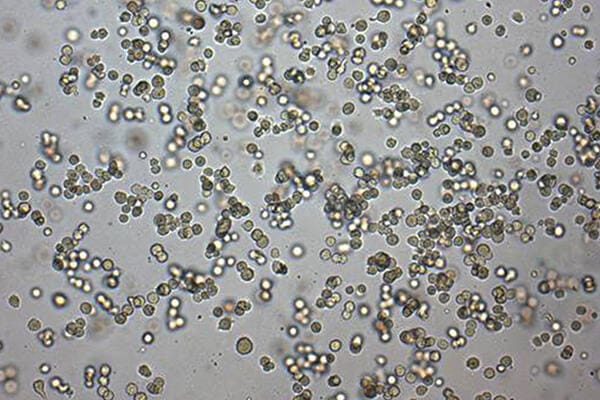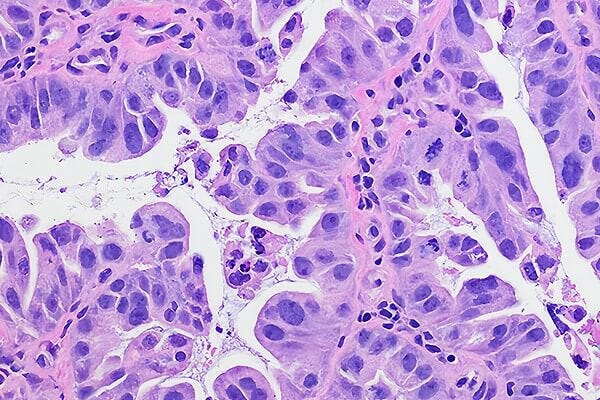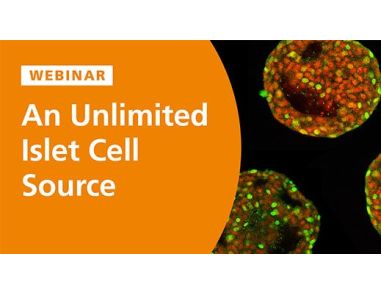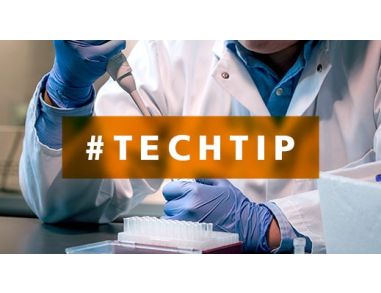搜索结果: 'methocult media formulations for mouse hematopoietic cells serum containing'
-
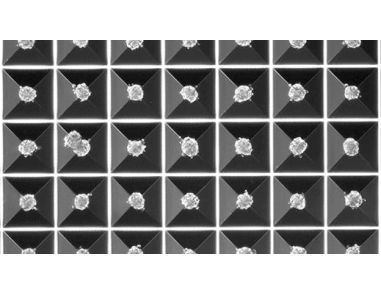 Generate Size-Controlled Spheroids and Embryoid Bodies Using AggreWell™ Microwell Plates AggreWell™ plates provide an easy and standardized approach to control size of embryoid bodies (EBs) for differentiation by adjusting initial cell input
Generate Size-Controlled Spheroids and Embryoid Bodies Using AggreWell™ Microwell Plates AggreWell™ plates provide an easy and standardized approach to control size of embryoid bodies (EBs) for differentiation by adjusting initial cell input -
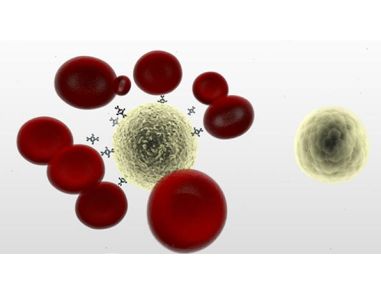 Isolate Cells from Whole Blood without Columns or Magnets: RosetteSep™ Immunodensity Cell Separation Describes statistical models that can be used to estimate the probability of monoclonality for limiting dilution cloning and semi-solid cloning
Isolate Cells from Whole Blood without Columns or Magnets: RosetteSep™ Immunodensity Cell Separation Describes statistical models that can be used to estimate the probability of monoclonality for limiting dilution cloning and semi-solid cloning -
 How to Pipette Off Samples During Cell Isolation Using the EasyEights™ EasySep™ Cell Separation Magnet Demonstrates the proper technique for pipetting off samples, to achieve optimal results when using the EasyEights™ EasySep™ magnet to isolate cells
How to Pipette Off Samples During Cell Isolation Using the EasyEights™ EasySep™ Cell Separation Magnet Demonstrates the proper technique for pipetting off samples, to achieve optimal results when using the EasyEights™ EasySep™ magnet to isolate cells -
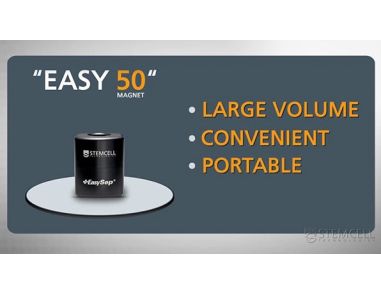 The Easy 50 EasySep™ Magnet: Portable Large-Volume Cell Separation In 25 Minutes Learn to use the portable yet powerful Easy 50 EasySep™ magnet to obtain purified cells from large volumes & a variety of sources
The Easy 50 EasySep™ Magnet: Portable Large-Volume Cell Separation In 25 Minutes Learn to use the portable yet powerful Easy 50 EasySep™ magnet to obtain purified cells from large volumes & a variety of sources -
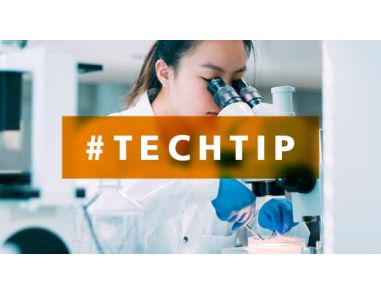 Considerations for Flow Cytometry Gating To achieve accurate results, it is important to use an optimal gating strategy when assessing cell samples via flow cytometry
Considerations for Flow Cytometry Gating To achieve accurate results, it is important to use an optimal gating strategy when assessing cell samples via flow cytometry -
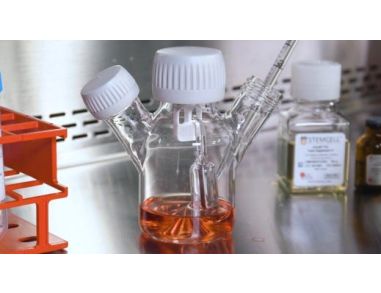 Large-Scale Expansion of Human Pluripotent Stem Cells in 3D Suspension Culture with mTeSR™3D Medium Features and benefits of mTeSR™3D, a specialized medium for expansion of human pluripotent stem cells in suspension culture, including the novel fed-batch culture system
Large-Scale Expansion of Human Pluripotent Stem Cells in 3D Suspension Culture with mTeSR™3D Medium Features and benefits of mTeSR™3D, a specialized medium for expansion of human pluripotent stem cells in suspension culture, including the novel fed-batch culture system -
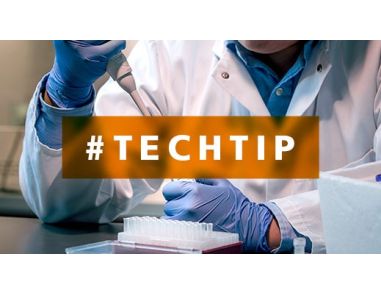 Derivation, Maintenance and Downstream Processing of Cardiomyocytes from Human Pluripotent Stem Cells (hPSCs) Technical tip from our dedicated team of Product and Scientific Support specialists
Derivation, Maintenance and Downstream Processing of Cardiomyocytes from Human Pluripotent Stem Cells (hPSCs) Technical tip from our dedicated team of Product and Scientific Support specialists -
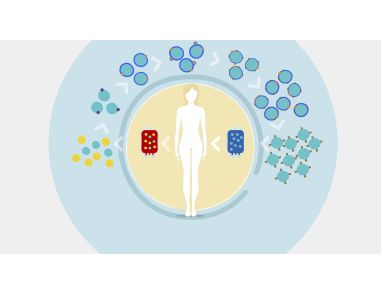 How to Harvest Reprogrammed iPS Cell Colonies in TeSR™-E7™ Reprogramming Culture Medium Characteristics of reprogrammed iPS cell colonies and provides instructions for manually harvesting putative iPS cell colonies for replating and further expansion
How to Harvest Reprogrammed iPS Cell Colonies in TeSR™-E7™ Reprogramming Culture Medium Characteristics of reprogrammed iPS cell colonies and provides instructions for manually harvesting putative iPS cell colonies for replating and further expansion -
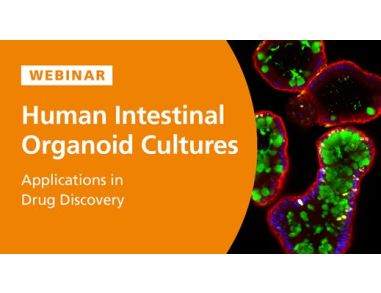 Applications of Human Intestinal Organoid Cultures in Drug Discovery Human intestinal organoids provide a scalable and highly predictive model system for studying the effects of novel therapeutics in vitro. Intestinal organoids contain the relevant cell types that constitute the intestinal epithelium and, as such, can be maintained in various states of proliferation or differentiation. These physiologically relevant models reveal the toxicity of compounds that can not be seen in Caco-2 cells, which are frequently used to model the intestine during drug development programs.
Applications of Human Intestinal Organoid Cultures in Drug Discovery Human intestinal organoids provide a scalable and highly predictive model system for studying the effects of novel therapeutics in vitro. Intestinal organoids contain the relevant cell types that constitute the intestinal epithelium and, as such, can be maintained in various states of proliferation or differentiation. These physiologically relevant models reveal the toxicity of compounds that can not be seen in Caco-2 cells, which are frequently used to model the intestine during drug development programs.
In this webinar, Danny Leung and Dr. Victoria Conlin from STEMCELL Technologies describe, in detail, what intestinal organoids are, how they mimic the immunocytochemistry and morphology of the human gut epithelium, and how to use organoids for drug screening. They also discuss the intestinal organoid assays offered by Contract Assay Services (CAS) at STEMCELL Technologies.

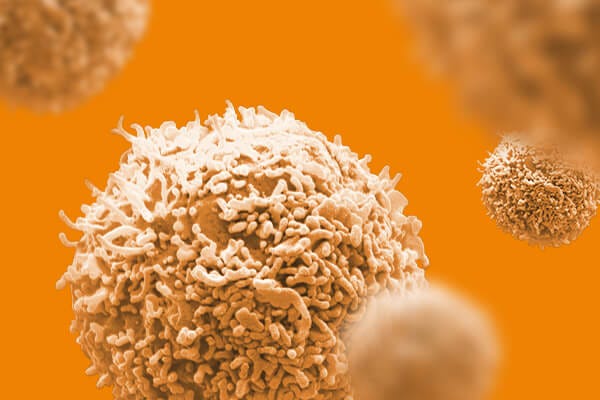
 EasySep™小鼠TIL(CD45)正选试剂盒
EasySep™小鼠TIL(CD45)正选试剂盒
